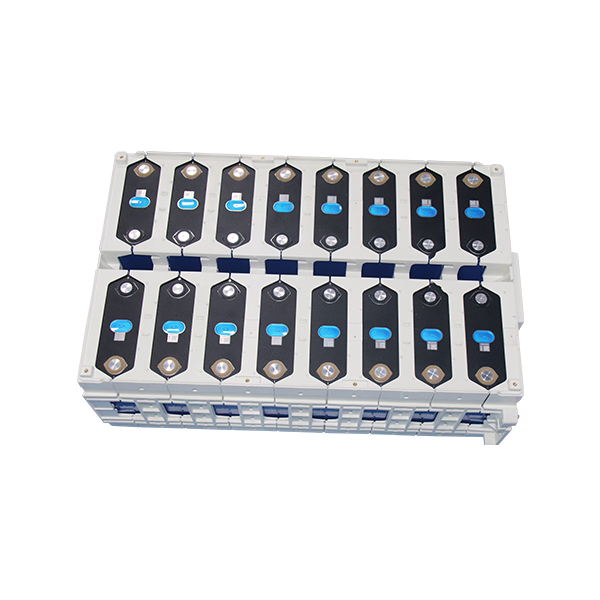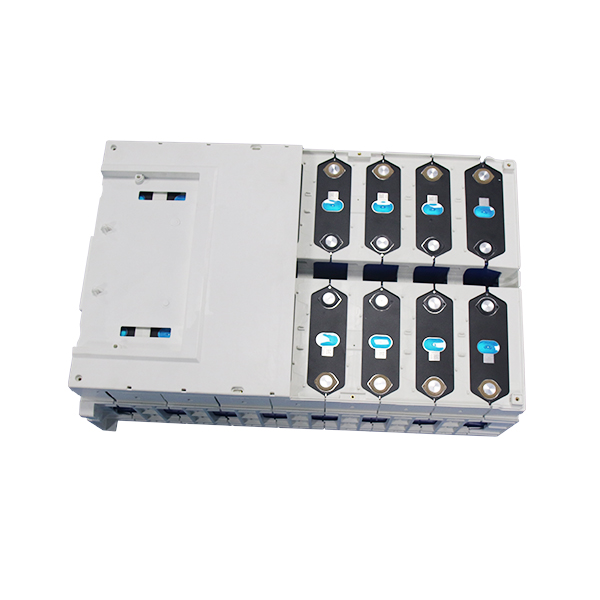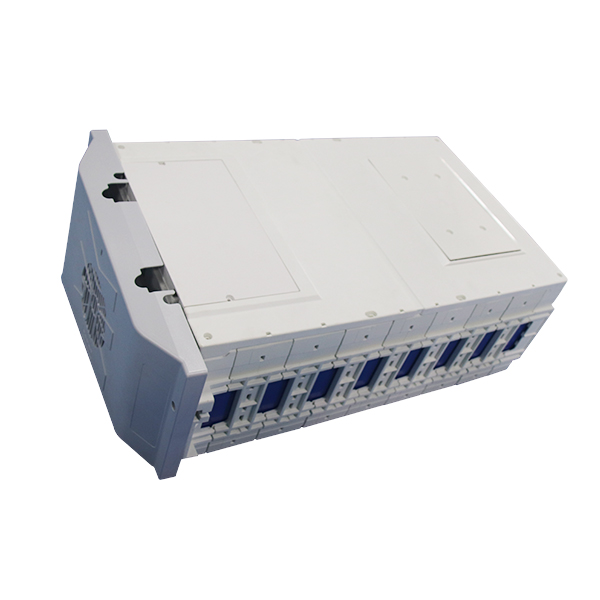Analysis of the advantages and disadvantages of commonly used batteries in energy storage systems
1. Lithium ion batteries
Lithium batteries are a type of battery made of lithium metal or lithium alloy as the negative electrode material, using non-aqueous electrolyte solutions. Due to the highly reactive chemical properties of lithium metal, the processing, storage, and use of lithium metal have very high environmental requirements. With the development of science and technology, lithium batteries have become mainstream now.
Its main advantages include: long service life, high energy storage density, light weight, and strong adaptability;
The disadvantages are poor safety, easy explosion, high cost, and limited usage conditions.
2. Ternary lithium battery
A ternary polymer lithium battery refers to a lithium battery that uses nickel cobalt manganese oxide (Li (NiCoMn) O2) ternary cathode material as the positive electrode material. The ternary composite cathode material is made of nickel salt, cobalt salt, and manganese salt as raw materials, and the proportion of nickel cobalt manganese inside can be adjusted according to actual needs. Batteries with ternary materials as the positive electrode are relatively safe compared to lithium cobalt oxide batteries, but the voltage is too low. When used on mobile phones (the cut-off voltage of mobile phones is generally around 3.0V), there will be a clear feeling of insufficient capacity.
Its main advantages include high energy density and small volume of the same capacity.
The disadvantages are: poor thermal stability, easy generation of open flames due to internal short circuits, fast capacity decay, and short lifespan.
3. Lead-acid battery
It is a type of battery with electrodes mainly made of lead and its oxides, and the electrolyte is a sulfuric acid solution. In the discharge state of lead-acid batteries, the main component of the positive electrode is lead dioxide, and the main component of the negative electrode is lead; In the charging state, the main component of the positive and negative electrodes is lead sulfate.
Its advantages mainly include: safety sealing, air release system, simple maintenance, long service life, stable quality, and high reliability;
The disadvantage is that lead pollution is high and the energy density is low (i.e. too heavy).
4. Lithium iron phosphate
Lithium iron phosphate battery refers to a lithium-ion battery that uses lithium iron phosphate as the positive electrode material. The positive electrode materials of lithium-ion batteries mainly include lithium cobalt oxide, lithium manganese oxide, lithium nickel oxide, ternary materials, lithium iron phosphate, etc. Lithium cobalt oxide is currently the cathode material used by the vast majority of lithium-ion batteries.
Its main advantages include excellent charging and discharging performance, no memory effect, long service life, good high-temperature resistance, good safety performance, and environmental protection;
The disadvantages are: lower energy density, larger volume of the same capacity, slightly reduced low-temperature performance, and higher manufacturing costs.
In the current security industry, considering safety and capacity stability factors, lithium iron phosphate batteries are currently the mainstream choice.
5. Sodium sulfur battery
Sodium sulfur battery is a secondary battery that uses metallic sodium as the negative electrode, sulfur as the positive electrode, and ceramic tubes as the electrolyte separator. Under certain working conditions, sodium ions undergo a reversible reaction with sulfur through an electrolyte membrane, resulting in the release and storage of energy.
Its main advantages include: a specific energy of up to 760Wh/kg, no self discharge phenomenon, discharge efficiency of almost 100%, and a lifespan of 10-15 years;
The disadvantage is that sulfur and sodium melt at a high temperature of 350 º C.
6. Liquid flow battery
Liquid flow energy storage batteries are a type of device suitable for fixed large-scale energy storage. Compared with commonly used secondary batteries such as lead-acid batteries and nickel cadmium batteries, they have the advantages of independent design of power and energy storage capacity (energy storage media stored outside the battery), high efficiency, long lifespan, deep discharge capability, and environmental friendliness. They are one of the preferred technologies for large-scale energy storage.
Its main advantages include: flexible layout, long cycle life, fast reaction times, and no harmful emissions;
The disadvantage is that the energy density varies greatly.
7. Lithium manganese oxide battery
Lithium manganese oxide battery refers to a battery with a positive electrode made of lithium manganese oxide material. Lithium manganese oxide batteries have a nominal voltage of 2.5-4.2V, and are widely used due to their low cost and good safety.
Its main advantages include high energy density, low cost, high safety, and stable low-temperature performance.
The disadvantage is poor high-temperature performance and relatively short lifespan.
8. Lithium cobalt oxide battery
Lithium cobalt oxide batteries have stable structure, high capacity ratio, and outstanding comprehensive performance, but their safety is poor and their cost is very high. They are mainly used in small and medium-sized battery cells and are widely used in small electronic devices such as laptops, mobile phones, MP3/4, etc., with a nominal voltage of 3.7V.
Its main advantages include high compaction density, good stability, stable structure, and good product consistency.
The disadvantages are poor safety, very high cost, average cycle life, and poor material stability.
9. Nickel based batteries
Nickel hydrogen batteries are a type of battery with good performance. The positive electrode active material of nickel hydrogen batteries is Ni (OH) 2 (called NiO electrode), and the negative electrode active material is metal hydride, also known as hydrogen storage alloy (electrode called hydrogen storage electrode). The electrolyte is a 6mol/L potassium hydroxide solution.
Its main advantages include high energy density, fast charging and discharging speed, light weight, long service life, and no environmental pollution;
The disadvantages are slight memory effects, more management issues, and the tendency to form individual battery partitions that melt.
-
1What is a distributed energy storage system

2024-07-09
-
2What is the difference between high-pressure energy storage systems and traditional energy storage systems?

2024-07-09
-
3Comparison of advantages and disadvantages of various energy storage systems

2024-07-09
-
4Composition of energy storage system

2024-07-09
-
5Analysis of the advantages and disadvantages of commonly used batteries in energy storage systems

2024-07-09
-
6The role of energy storage systems in microgrids

2024-07-09
-
7What aspects do battery energy storage systems include

2024-07-09
-
8Huzhou Energy Storage Integrated Machine Manufacturer: Energy Storage System Equipment Safety

2024-07-09





